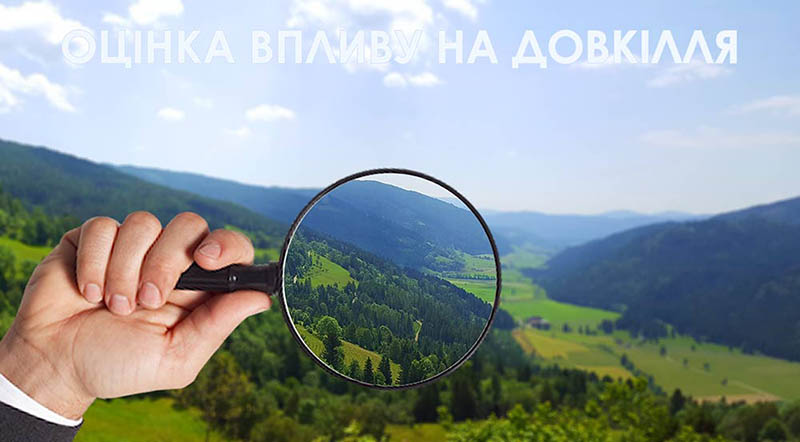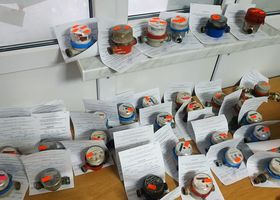According to an expert, the public needs the best tools for effective participation in EIA
Public activity increases when society sees the results of its involvement in the process
The public should have better access to open information on environmental impact. The mechanism for holding public hearings should also be improved. Ukrainian Energy reports that Olha Polunina, Sustainable Development Manager of DiXi Group, said this during a round table on the progress in the implementation of the Roadmap for improving the EIA in the extractive industry.
“Easy access to open information simplifies a lot of questions. Even people who may not have special qualifications still have more opportunities if they have access to environmental data, the opportunity to compare such data in dynamics, conduct some research and make conclusions about the potential impact. This is a very important component,” Polunina stressed.
According to her, in addition to greater availability of data, the organizers of the EIA may also consider new approaches to public discussion.
“Our main method is public hearings, which are actually a bit leveled in the current realities. So, there is a collection of written proposals in parallel, but the public is not always able to use this tool efficiently. Perhaps we need to think about how best to organize public discussions and encourage the public to be more active,” the expert said.
Polunina said that there were often cases in the EIA register when members of the public were not present at public hearings at all. In particular, as of 28 December 2019, out of 373 cases related to extractive activities, members of the public did not appear for hearings in 136 cases. But the EIA procedure still moved on because the law allows it.
“Yes, there is no violation of the law. But will such an impact assessment be of proper quality if the public does not participate?” the expert said.
She emphasized that the issue of appropriate conditions for the participation of civil society in the EIA procedure required increased attention from the organizers of the hearings.
“Our recommendation is to review the recommendations for the organizers of public hearings and think about the criteria for evaluating proposals of the public. Public activity is greatly influenced by the fact that they understand why they are doing it. If the public understands that it is easier to go out and block the road than to take part in public hearings on EIA, the public will choose a more “effective” tool to achieve interests. We must create such conditions that public participation improves environmental impact assessment,” Polunina added.
Let’s remind that the EIA procedure has been in force in Ukraine since the end of 2017, inter alia, in order to implement EU environmental legislation under the Association Agreement between Ukraine, on the one hand, and the European Union, the European Atomic Energy Community and their Member States, on the other hand. According to the new legislation on EIA, such a procedure is carried out for projects that have a significant impact on the environment, in various areas, including extractive one.
Last year, DiXI Group studied the EIA in the extractive sector, which aimed to analyze the practice of applying the Law of Ukraine “On Environmental Impact Assessment” in the extractive sector and prepare recommendations to address problems arising during this procedure at all of its stages. The study showed that one of the problems was the significant number of EIA procedures that a mining company had to conduct, especially at the stage of field development. Another problem is the lack of industry standards and criteria for the key stages of the EIA procedure (report, opinion).
A round table on the progress in the implementation of the Roadmap to improve the EIA in the extractive industry was organized by DIXI GROUP NGO. Representatives of the Verkhovna Rada of Ukraine, Energy and Environment IFA, the Ministry of Econology and Natural Resources, the National Extractive Industry Association, environmental organizations and the public took part in the discussion.









